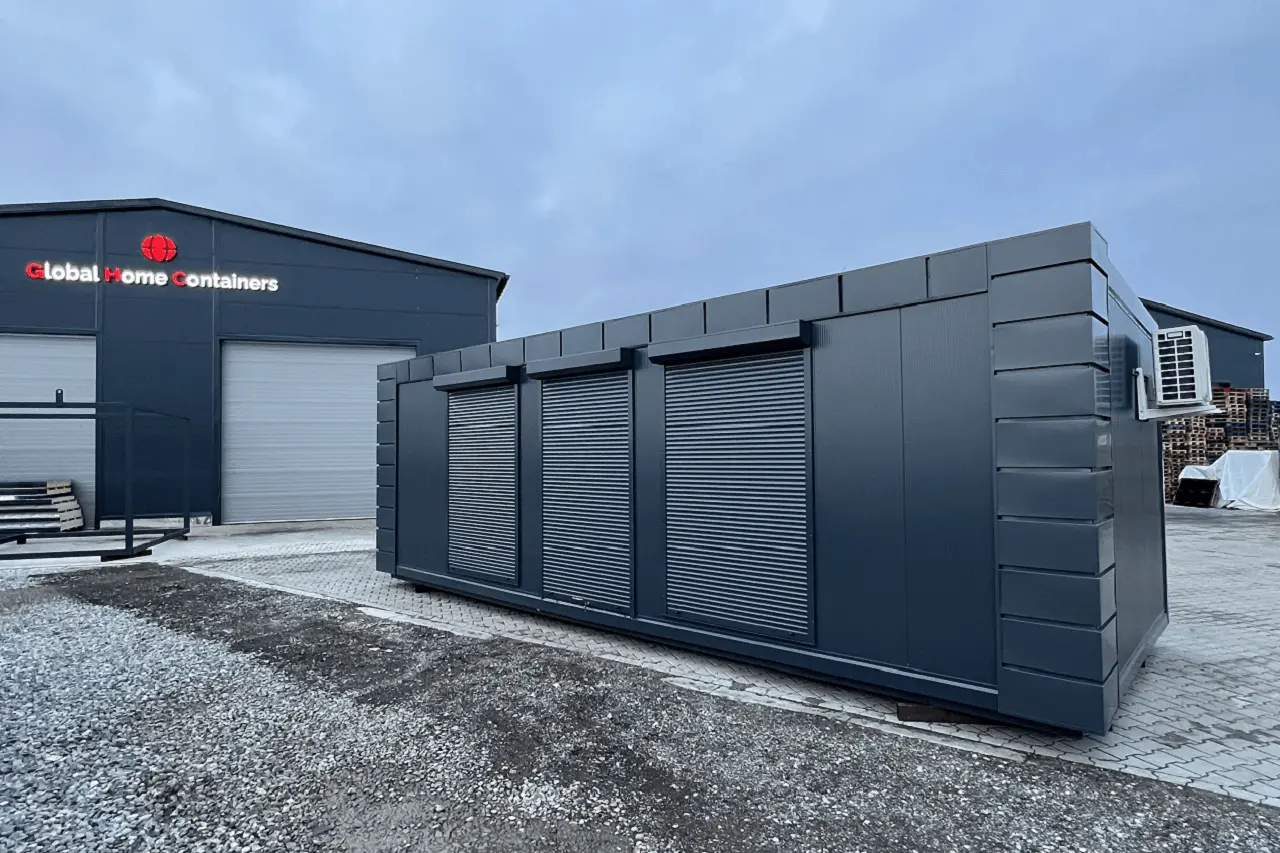Sustainable architecture: The rise of container-based structures

Container buildings are becoming more common in both home and business projects. They are practical, flexible, and often faster to build than traditional options. Many choose them because they fit into small spaces, are easy to move, and support simple living or working needs. This blog explains how container structures are part of sustainable architecture, why they are an eco-friendly building method, and how container construction is helping meet today’s real space needs. Explore how these solutions might work for your next project.
Increasing Demand for Container-Based Building Solutions
One of the most practical shifts in modern building design is the growing use of container construction. What started as a niche approach has become a serious solution in both residential and commercial development. The appeal lies in its adaptability, shorter build times, and efficient use of materials. A modular container can be relocated, modified, or expanded relatively easily—something traditional structures simply can’t offer.
From small backyard offices to complete housing units and retail spaces, container construction provides solutions that adapt to the changing needs of individuals and businesses. It’s often more cost-effective and faster to deliver than conventional construction, making it attractive for projects with tight timelines or temporary needs.
At Global Home Containers, we’ve seen increased demand for structures that combine flexibility and function. Clients often prioritise fast implementation without compromising build quality or safety standards, and modular containers offer just that.
Practical Benefits of Sustainable Architecture
More builders and developers are turning to sustainable architecture not just for environmental reasons but also for practical benefits. Using pre-existing containers reduces the demand for raw construction materials, minimising waste and resource consumption. This approach also reduces emissions from transporting and processing new building components.
But it’s not only about material reuse. Sustainable architecture also emphasises efficient design. Containers are compact by nature, encouraging better planning of space and energy usage. Passive cooling strategies, solar integration, and smart layouts make these structures more energy-conscious by default.
Equal parts functional and responsible, this type of architecture aligns with today’s goals: reducing waste while maintaining high usability and aesthetic value.
Container Structures as an Eco-Friendly Building Method
As the demand for smarter buildings grows, eco-friendly building solutions are becoming more essential than optional. Container-based structures make a strong case in this category. Since containers are initially built to withstand harsh shipping conditions, they have inherent durability and weather resistance. With proper insulation and ventilation, they can match or exceed the comfort levels of conventional buildings.
Why does this matter for eco-friendly buildings? Because less maintenance, longer lifespans, and improved thermal performance all reduce the total environmental impact. It’s not only the building materials that count—operation and upkeep play an equally big role.
At Global Home Containers, many of our clients choose modular units specifically because they want durable, reusable spaces that don’t require major renovations in the future. This lowers energy consumption and waste generation over the long term.
Key Considerations Before Installing a Container Unit
Not all container buildings are simply dropped into place. Certain technical and legal checks are important before installation, Whether for housing, retail, or office use. Ask yourself the following:
- Is the ground level and stable? If not, last-minute adjustments might be needed.
- Is the foundation properly set? Containers should never sit directly on unstable ground.
- Is there enough clearance for the delivery truck? Double-check road width, overhead obstacles, and unloading space.
- Have weatherproofing and security measures been addressed? Protecting the container from the start prevents future issues.
Addressing these early helps prevent complications later. It also speeds up the deployment process, one of the key benefits of container construction.
Balancing Flexibility and Comfort in Modular Design
There’s a misconception that container buildings are minimal or industrial in feel. Many fully have insulation, plumbing, electrical systems, and climate control. They’re often designed for comfort and ease of use.
That’s why sustainable architecture doesn’t mean sacrificing convenience. Today, container homes can offer similar interior comfort to traditional builds but with a smaller footprint and more options for relocation or extension. This makes them ideal not only for temporary solutions but also for long-term living and working spaces.
Examples include compact homes, retail kiosks, mobile clinics, and school extensions. These units have an edge because they allow users to choose, relocate, and upgrade.
Versatile Applications Across Different Sectors
Beyond housing and office applications, container units are being used in creative ways. A few practical examples include:
- Mobile barbershops and beauty salons
- Remote office spaces for small auto dealerships
- Modular school classrooms and training facilities
- Outdoor saunas and garden lounges
These aren’t concepts—they’re real installations we’ve worked on. From a 72m² modular home to compact 18m² office units, versatility is the strongest advantage. Each space is built for a purpose, yet adaptable enough to evolve as needs change.
This everyday usability makes eco-friendly buildings more than a concept—they become a working part of modern infrastructure.
Why Container Construction Is a Long-Term Architectural Trend
As space demands shift quickly, modular containers are becoming a standard choice in architecture. Their speed, adaptability, and practical structure suit various industries.
With the push for sustainable architecture growing stronger in both the public and private sectors, modular solutions are being recognised for their real-world benefits. They don’t just reduce material waste—they respond to today’s building challenges: flexibility, efficiency, and reuse.
So whether it’s a compact office, an urban micro-apartment, or a temporary service unit, container construction offers a smart and repeatable model.
Interested in how this applies to your needs? Explore some of the diverse modular options from Global Home Containers. You might be surprised how well these solutions can fit into your space plans.